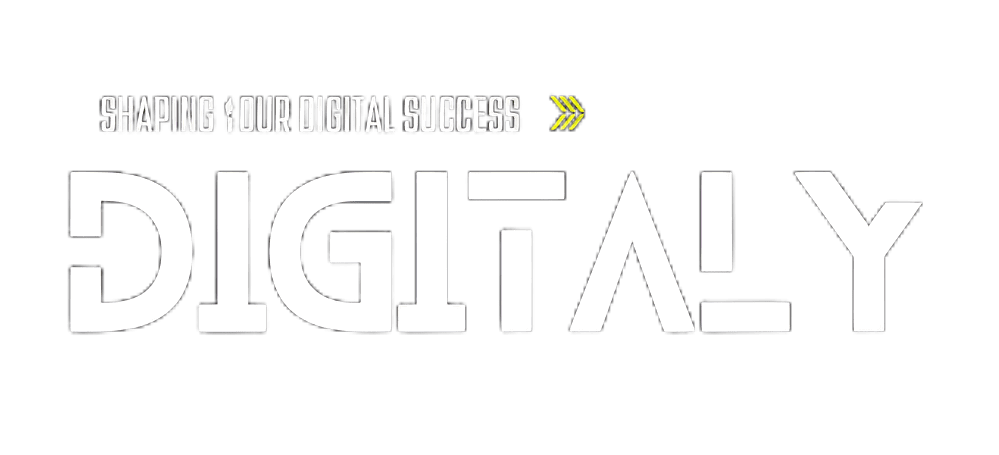As we approach 2025, the landscape of web development continues to The world of web development changes quickly as we approach 2025. From cutting-edge technological evolution to user-specific customisations, the web development landscape is witnessing a wave of new trends that are changing the game for websites and applications. These are some of the key trends to follow if you’re a web developer, entrepreneur, or even a digital strategist.
The Greatest 10 Trends for Web Development in 2025
1. AI-Powered Web Development:
AI has been revolutionising web development and is expected to take over by 2025. AI tools automate coding, design, and SEO, easing the developer’s workload. AI also enhances user experience (UX) by recommending content, predicting user actions, and enabling real-time customer support via chatbots.
Top Benefits: Smoother development, improved UX, quick bug fixes, and automated repetitive tasks.
Example: AI-powered design tools like Wix ADI allow non-developers to create sophisticated websites.
2. Voice Search Optimisation:
By 2025, 50% of online searches will be voice-powered. Websites must optimise for voice search using structured data and natural language processing (NLP).
Top Benefits: Increased SEO ranking, accessibility, and user engagement.
Example: Businesses optimise for voice search queries like “Where is the nearest coffee shop?”
3. Progressive Web Apps (PWAs):
PWAs provide native app experiences without app store downloads, with features like fast loading speeds, offline functionality, and push notifications.
Top Benefits: Faster load times, offline functionality, improved mobile experience, and cost savings.
Example: Twitter and Uber use PWAs to boost user engagement.
4. WebAssembly (Wasm):
WebAssembly allows developers to run code in languages like C, C++, and Rust at near-native speed, enabling complex applications to run smoothly in browsers.
Top Benefits: Near-native performance, language flexibility, and support for resource-heavy applications.
Example: Web Assembly powers performance-sensitive apps like AutoCAD Web and Figma.
5. Serverless Architecture:
Serverless architecture enables developers to run apps without managing servers, allowing businesses to scale seamlessly.
Top Benefits: Reduced operational costs, easier scalability, and faster time to market.
Example: AWS Lambda and Google Cloud Functions enable serverless code execution.
6. 5G Technology:
5G will revolutionise mobile web development by enabling faster internet speeds, lower latency, and more complex mobile apps.
Top Benefits: Better mobile performance, faster load times, and AR/VR support.
Example: E-commerce platforms offer AR experiences for virtual product try-ons.
7. Motion UI:
Motion UI refers to animations and transitions in web design, which will become a standard feature by 2025 to create dynamic, visually appealing experiences.
Top Benefits: Increased user engagement, enhanced visual appeal, and improved navigation.
Example: Websites like Stripe and Dropbox use motion UI for intuitive user experiences.
8. Blockchain in Web Development:
Blockchain provides enhanced security, transparency, and traceability, especially for industries like finance and supply chain management.
Top Benefits: Improved security, decentralised apps, and transparent data management.
Example: Blockchain is used for decentralised apps (DApps) and smart contracts.
9. Low-Code and No-Code Development:
Low-code/no-code platforms allow non-technical users to build applications using drag-and-drop tools, streamlining the development process.
Top Benefits: faster development, reduced costs, and democratisation of the development process.
Example: Webflow, WordPress, and Bubble lead the low-code/no-code movement.
10. Cybersecurity and Privacy:
With stricter regulations like GDPR and CCPA, web security is a priority. By 2025, websites will need advanced security protocols, transparency in data collection, and privacy measures.
Top Benefits: Enhanced security, compliance with privacy laws, and improved user trust.
Example: Developers must implement HTTPS, SSL certificates, and encryption standards.
Conclusion
The web development trends of 2025 will stem from cutting-edge technology, evolving user habits, and increased focus on security. AI, voice search optimisation, PWAs, and WebAssembly will push the boundaries of web design, while serverless architecture and 5G technology will enhance scalability and connectivity. Businesses and developers that embrace these trends will be poised to create fast, secure, and user-centric websites in 2025.
